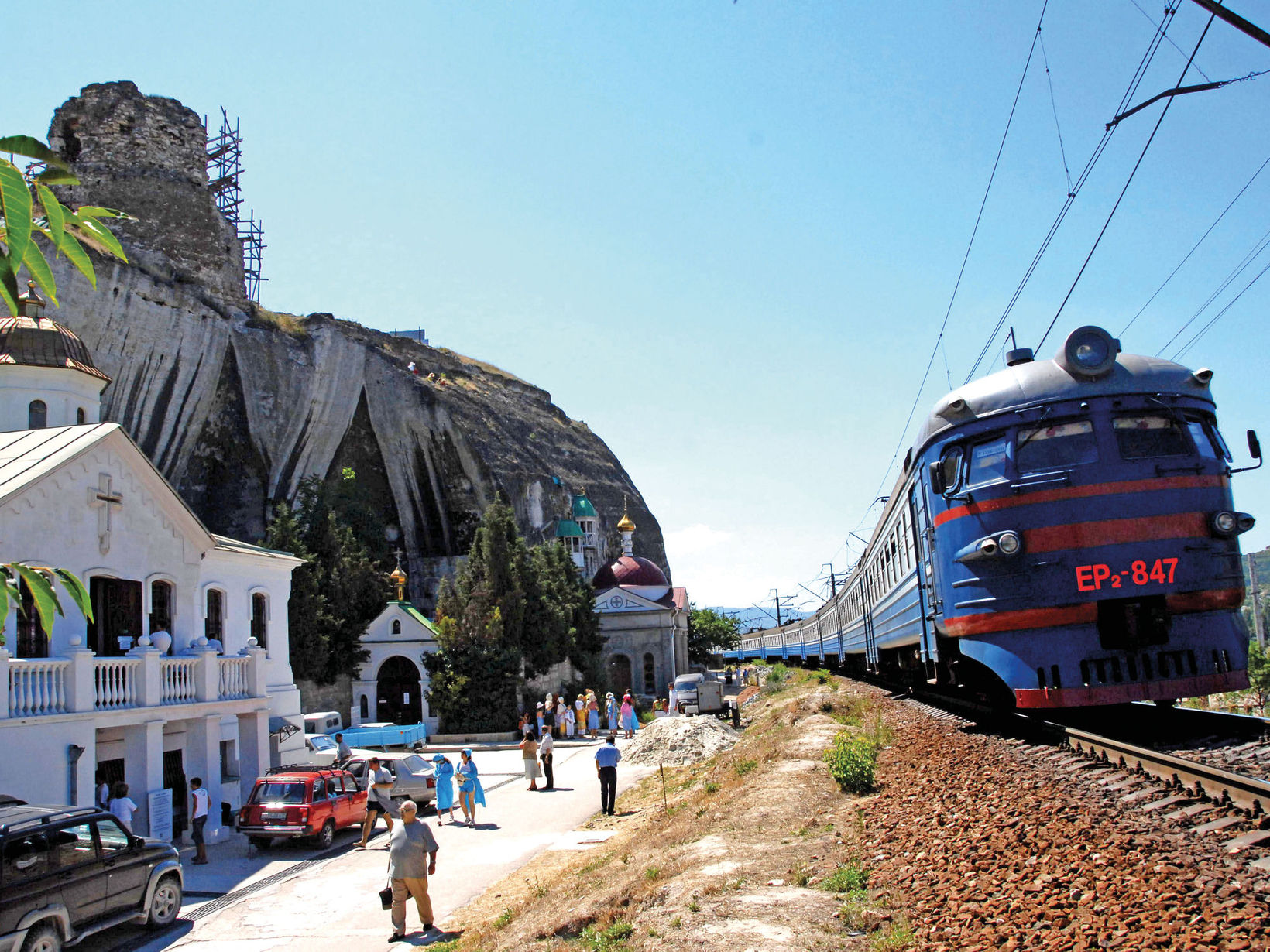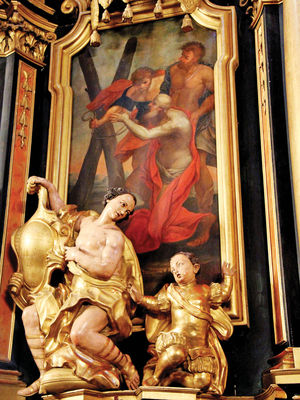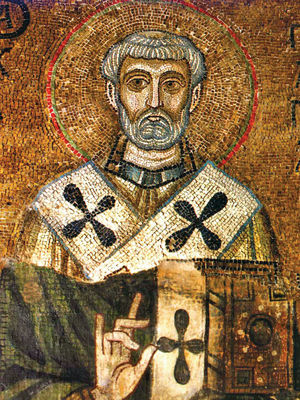1. The birth of Christianity in Ukrainian lands
The first Christians appeared on the territory of Ukraine during the first Christian missions at the turn of the 1st — 2nd centuries. According to chronicle tradition, Holy Apostle Andrew the First-Called visited our lands — what was then Scythia — undertaking missionary activities. He blessed the lands above the Dnipro, where in a few centuries the center of Christianity and Christian culture of the Eastern Slavs would be founded — Kyiv.
The chronicles say that the Apostle Andrew ascended the hills of Kyiv to declare, “Believe me that the grace of God will shine the light upon these hills: a great city will rise here, and the Lord will erect many churches there and enlighten the Rus’ lands with church baptism.”
There is evidence that some Scythians adopted Christianity, and that there even were Scythian bishops. Christianity was the most widespread, however, amongst the Greeks who inhabited southern Ukraine at that time. Roman emperors exiled Christians to the Greek settlements of Tyre, Olbia, Chersonesos, and it is they who became the first preachers of the Gospel there. The most famous of these “Ukrainian Greeks” was Pope Clement of Rome, author of the First Letter to the Corinthians, whom Emperor Trajan exiled to Chersonesos, one of the largest Greek colonies, and who was martyred there. According to the testimony of the early Christian writer Irenaeus, St. Clement was the fourth successor of the Apostle Peter in the See of Rome. Many literary works of the late period mention this outstanding personality. His name is preserved in the liturgical practice of the Byzantine tradition.
When Clement arrived in Chersonesos, he found many Christians residing there. Through his missionary efforts many pagans turned to the Christian faith in a short period of time, and numerous temples were built. His evangelizing led to his martyrdom in the year 100.
The cult of St. Clement spread in Rus’ after the brothers Saints Cyril and Methodius of Thessalonica, found his relics in 861. This fact is closely related to the Slavic mission of the holy brothers. They brought part of the relics to Rome in 867 and gave them to Pope Adrian II, who became a symbol of reconciliation between the Churches of the East and the West. According to the chronicle Tales of Bygone Years, Volodymyr the Great brought the larger part of the relics to Kyiv.
Archaeological finds from the 3 rd century indicate the presence of Christian communities in the Bosphoran Kingdom: in the 4th century a separate Bospforus diocese was already functioning. Their bishop, Cadmus I, took part in the Ecumenical Council of Nicaea in the year 325.
 The Cave Monastery in Inkerman, which is connected with St. Clement
The Cave Monastery in Inkerman, which is connected with St. Clement
The introduction of Christianity as the state religion of the Roman Empire in the late 4th — early 5th centuries further contributed to its spread among the population of Crimea. By that time, a diocese had already been established in Chersonesos, whose bishop was a member of the Second Ecumenical Council of Constantinople in 381.
Overall, aside from Chersonesos, there also were Scythian, Gothic, and Surozh or Suhdiya dioceses.
The adoption of Christianity in Crimea dates back to the late 5th — early 6th centuries. In the 3 rd century Germanic tribes entered the territory of Ukraine and sometime during 341–348 they were converted to Christianity by Bishop Ulfilas, who translated the Gospel into the Gothic language. During the 4th–5th centuries Slavic tribes spread over the territory of Ukraine, particularly to the trans-Dnipro Polian tribal lands with their center being in Kyiv. Some of them, as a result of their contacts with the Greeks, Goths, and descendants of the Scythians, obviously became Christians as well.

